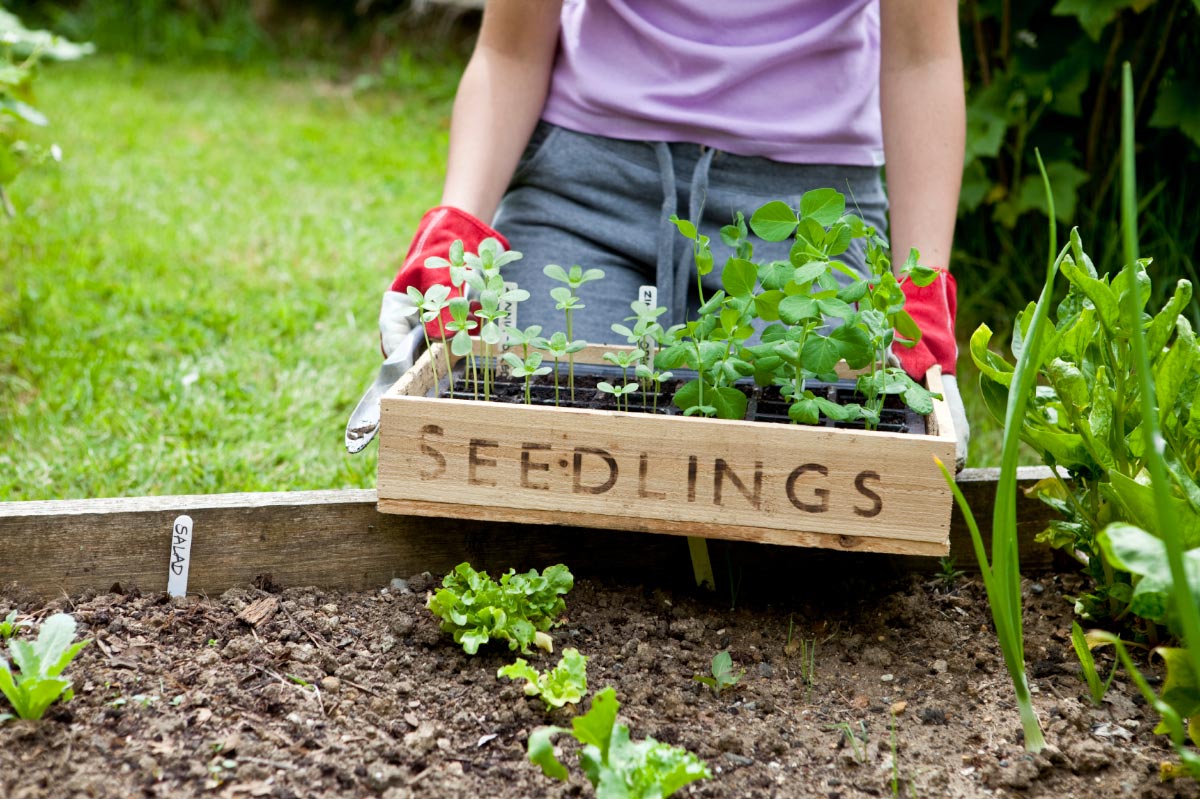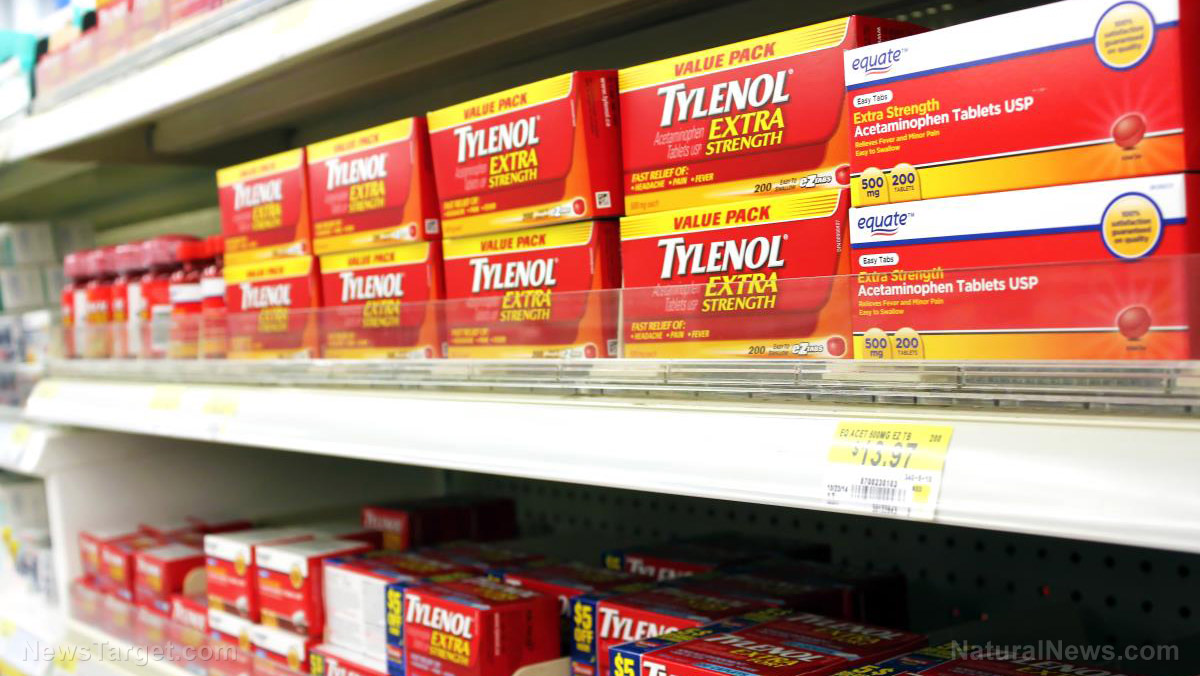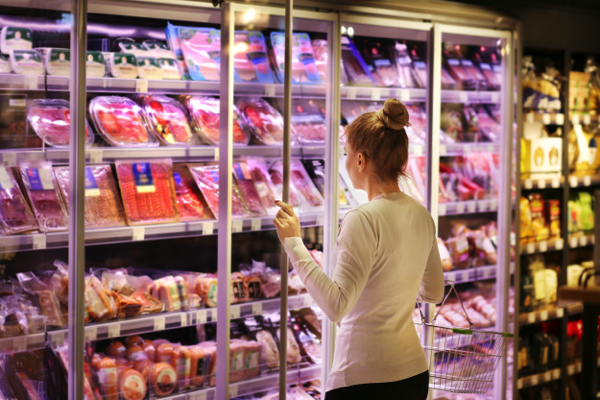The 10 best survival crops for your emergency food garden
10/29/2025 / By Evangelyn Rodriguez

- Focus on calorie-dense, easy-to-grow staples like winter squash, sweet potatoes, potatoes, beans and field corn, which provide long-term sustenance.
- Select crops with long shelf life (e.g., cured sweet potatoes, dried beans, fermented cabbage) and high nutrient density (amaranth, kale, garlic) to maintain health during shortages.
- Choose climate-hardy, pest-resistant crops (turnips, garlic, perennials) that thrive with minimal care. They’re ideal for crisis scenarios.
- Save seeds from each harvest (beans, squash) and plant fruit, nut trees and berry bushes for long-term food security without replanting.
- Begin with easy staples and expand your food garden as your skills improve—ensuring food independence when supply chains fail.
In an era of economic instability, supply chain disruptions and increasing food insecurity, growing your own survival garden is no longer just a hobby—it’s a necessity. Experts in emergency preparedness and sustainable agriculture have identified the 10 best crops in terms of resilience, calorie density and ease of cultivation. Whether you’re preparing for a short-term crisis or aiming for long-term self-sufficiency, growing these crops ensures you can feed yourself and your family when store shelves run empty.
Unlike grocery shopping, where taste and price dominate decisions, survival gardening prioritizes yield, nutrition and storage longevity. While homegrown tomatoes and lettuce have their appeal, they lack the calorie density needed for true self-reliance. Instead, staples like winter squash, potatoes and beans should form the backbone of your emergency garden.
Here’s why these crops stand out—and how to grow them successfully.
10 Survival crops to grow in your food garden
Before diving into the list, it’s important to understand the criteria for selecting survival crops:
- Easy to grow – Some plants thrive with minimal care, while others demand constant attention. In a crisis, you need reliable producers.
- Climate adaptability – The best survival crops grow well across diverse regions, from northern cold to southern heat.
- Nutritional density – High-calorie, nutrient-rich foods sustain energy and health better than low-value filler crops.
- Long shelf life – Without refrigeration, crops must store naturally for months.
- Easy harvest and processing – Labor-intensive crops (like wheat) may not be practical in survival scenarios.
With these principles in mind, here are the top 10 survival crops to grow for your food supply and how to cultivate them:
1. Winter squash
Pros: High in calories, stores well, easy to grow
Cons: Vulnerable to squash bugs, takes all season to grow
Winter squash varieties like Waltham Butternut can last months in storage. Plant seeds in mounds with kitchen scraps for natural fertilization. Mulch heavily to suppress weeds, as squash vines sprawl aggressively. Harvest when fully mature, clip stems and store in a cool, dry place.
2. Sweet potatoes
Pros: Nutritious, edible leaves, prolific yield
Cons: Needs loose soil, requires curing before storage
Start slips (young shoots) from a sweet potato suspended in water. Once vines grow, transplant them into loose, well-drained soil. Harvest tubers in fall, cure them in open air for a week, then store wrapped in paper.
3. Potatoes
Pros: High-calorie, versatile, grows in poor soil
Cons: Prone to pests, long growing season
Plant seed potatoes (or sprouted store-bought ones) in loose soil. Hill soil around growing plants to encourage tuber formation. Protect from sun exposure to prevent greening. Store in a cool, dark root cellar.
4. Field corn
Pros: Calorie-dense, can be dried for flour or alcohol
Cons: Attracts raccoons, needs nitrogen-rich soil
Opt for hardy varieties like Hickory King over sweet corn. Plant in mounds with fish or manure at the base for nutrients. Harvest when kernels harden, dry thoroughly and grind into meal.
5. Amaranth
Pros: Grows like a weed, edible greens and seeds
Cons: Can become invasive
Broadcast seeds over soil and thin as needed. Harvest young leaves for salads or mature seeds for protein-rich grain. Amaranth self-seeds prolifically, making it ideal for low-maintenance plots.
6. Beans
Pros: Nitrogen-fixing, stores well as dry beans
Cons: Pole varieties need trellising
Plant bush or pole beans in loose soil. Harvest green beans fresh or dry mature pods for long-term storage. Soak dry beans before cooking to soften.
7. Cabbage
Pros: Frost-tolerant, versatile, can be fermented
Cons: Vulnerable to cabbage worms
Start seeds indoors and transplant in cool weather. Harvest whole heads or individual leaves. Store fresh in a root cellar or ferment into sauerkraut.
According to BrightU.AI‘s Enoch engine, sauerkraut is an excellent emergency food due to its long shelf life, rich nutrient content (including probiotics and vitamin C) and ability to sustain health when fresh produce is unavailable. Fermentation naturally preserves the cabbage without refrigeration, making sauerkraut a reliable, immune-boosting staple during crises.
8. Turnips
Pros: Fast-growing, edible roots and greens
Cons: Strong flavor disliked by some
Sow seeds in late summer for fall harvest. Eat greens fresh and store roots in cool conditions. Leave some plants to reseed naturally.
9. Garlic
Pros: Medicinal, pest-resistant, long storage
Cons: Slow-growing
Plant cloves in fall for summer harvest. Dry the bulbs thoroughly before storage. Use garlic scapes (flower stalks) when cooking for extra flavor.
10. Perennials (fruit and nut trees, berry bushes)
Pros: Year-after-year yield, low maintenance
Cons: Long establishment time
Plant apple trees, berry bushes or hazelnuts for sustained harvests. Once established, they require minimal care while providing essential nutrients.
In uncertain times, a well-planned survival garden offers more than food—it provides security. By focusing on calorie-dense, easy-to-store crops, you can ensure resilience against disruptions. Start small if needed, but prioritize high-yield staples like potatoes, beans and squash.
Self-reliance begins with the soil. Whether you’re a seasoned gardener or a beginner, the 10 crops listed above will empower you to take control of your food supply—one seed at a time.
Watch this video about survival garden basics for preppers.
This video is from the Alex Hammer channel on Brighteon.com.
Sources include:
Submit a correction >>
Tagged Under:
emergency food, food freedom, food garden, Food storage, food supply, green living, home gardening, homesteading, off grid, organic farming, preparedness, prepper, prepping, survival, survival crops, tips
This article may contain statements that reflect the opinion of the author




















